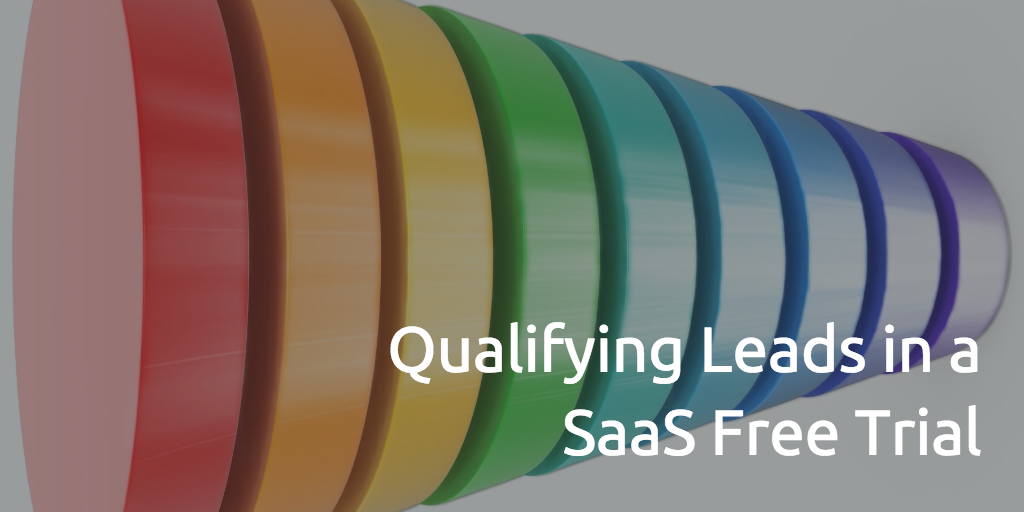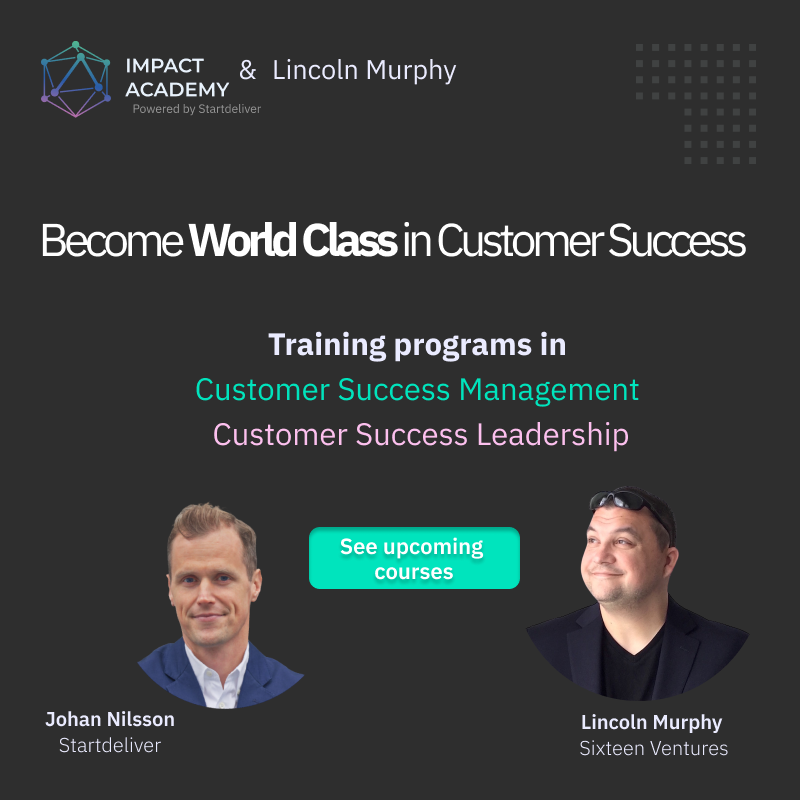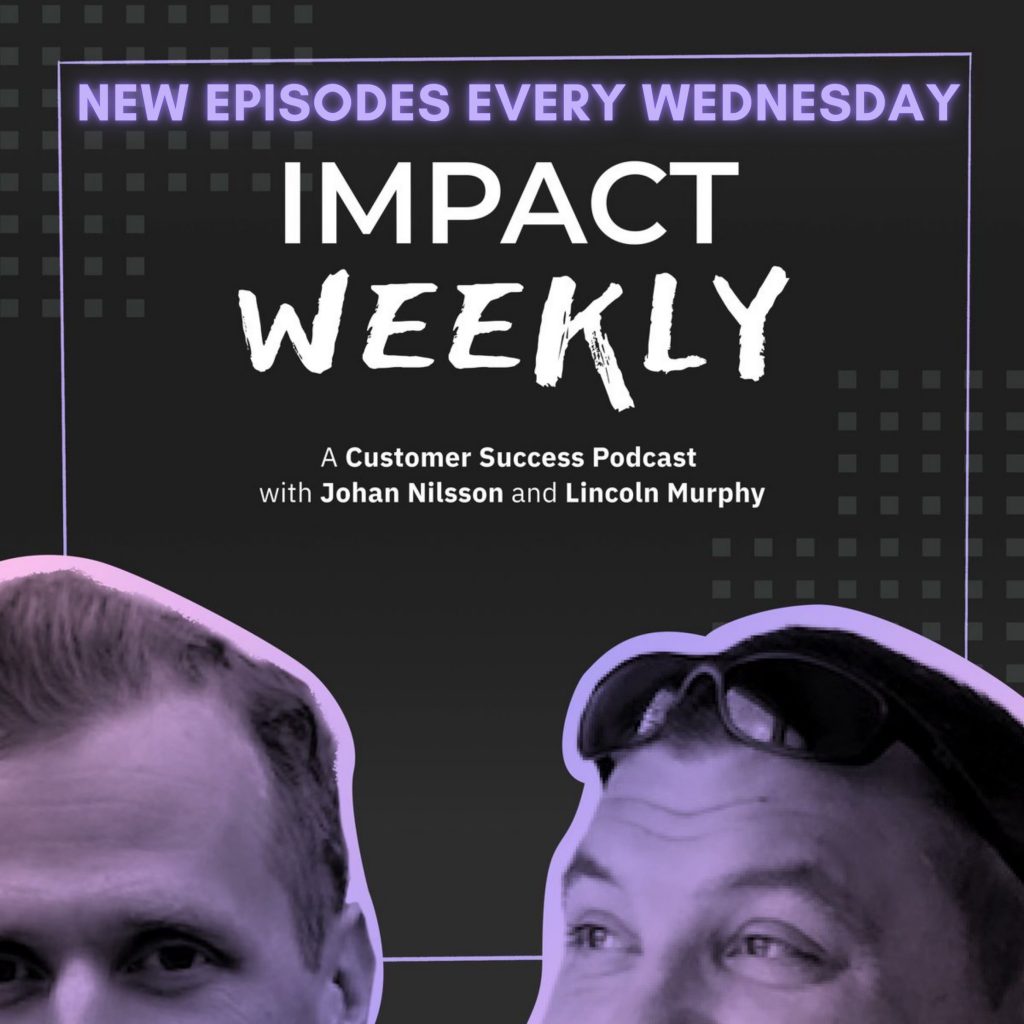 I got this set of questions on Twitter: “Is there a certain level of activity during the free trial that is likely to predict conversion from free to paid? Also, how do other companies handle Sales vs. Marketing Qualified Leads (SQL vs. MQL) when it comes to Free Trials?”
I got this set of questions on Twitter: “Is there a certain level of activity during the free trial that is likely to predict conversion from free to paid? Also, how do other companies handle Sales vs. Marketing Qualified Leads (SQL vs. MQL) when it comes to Free Trials?”
I thought that was an awesome set of questions because it indicates the person asking is starting to look at their Free Trial as a true sales pipeline; something more people and companies should do.
So I loved the question and I thought my answer was equally awesome (if I do say so myself), so I decided to expand on it a bit and share it with you, too.
Free Trial as a Sales Pipeline
I’ve said before that “active users” is a vanity metric because if any type of “activity” actually meant something, then active customers and users would never churn out. But they do.
And of course, “active” prospects in your free trial don’t always convert to paying customers; so clearly “activity” isn’t something we can look to when we’re trying to figure out whether or not a prospect might convert to a customer.
Done correctly, you should be able to look at your Free Trial pipeline and attach a value to the leads therein based on both the price at which they’ll convert (which plan they chose at sign-up, their current usage level, etc.), as well as their realistic likelihood of conversion just like you do other parts of the sales pipeline.
100 prospects in the trial at $100/MRR (Monthly Recurring Revenue) is a $120k/ARR (Annual Recurring Revenue) free trial pipeline; but if only 30% are qualified (based on what I’ll discuss shortly), the ARR value of the pipeline is – realistically – closer to $36k. Emotional rollercoaster.
To be able to get to that level of pipeline management, we need to evolve our thinking around Free Trials and Qualified leads, which means we need to look at…
Meaningful Activity
When it comes to prospects in your Free Trial, meaningful activity is key as it is the activity that moves them along the path of Success Milestones to the point in the trial where becoming a paying customer is the most logical next step for them.
This point in the Free Trial is where the prospect has realized value – or they’ve seen the value potential in the product for the first time outside of your marketing or their discussions with sales – and they’re technically ready to convert.
That could happen on day 2 of a 30-day free trial, but most companies will let them go the full 30-days (or even longer) before they try to get them to convert. Don’t wait, ask for the sale right then.
But I digress.
While we can equate meaningful activity with the potential for conversion, there are other factors at play that may indicate the likelihood of conversion and, thus, indicate true “qualification.”
And that means we need to look at…
Additional Qualifying Factors
Just like most things, there’s really no blanket answer that works for every situation, but here’s the basic framework I use in addition to the Meaningful Activity I mentioned above that you can build into your conversion-centric Free Trial.
Depending upon the customers, the market, their buying cycle and process, the complexity of the sale, etc. I might look at company data (size, industry, maturity/funding, etc.), the title/seniority of the account owner, the industry and known sales cycles (if they’re higher-ed and it’s May, but they buy in September, I can assume the sale won’t happen this quarter), etc. to help us better understand whether they’re going to convert.
There will be some set of characteristics shared by those most likely to convert and those should be considered qualified leads.
Qualified + Meaningfully Active = Super-Likely Conversion
BTW, knowing what those characteristics are will help shape your Ideal Customer Profile, ensuring that you’re filling your Free Trial with prospects who are much more likely to become customers.
Also, you should know that companies are measuring Free Trial conversion rates on a cohort basis, often segmenting conversions (and overall activity) among qualified and unqualified (Ideal vs. Non-Ideal) prospects in the pipeline and feeding that back into the overall lead generation process, again, to ensure the trial pipeline is being filled with conversion-likely prospects. Circular.
Of course, we have to touch on…
The Age-old MQL vs. SQL Battle
As for determining whether the type of qualified lead, it’s quite simple:
If marketing drove those leads and got them to the point where they’re “qualified” (including enriching and qualifying the lead behind the scenes), it should be designated a Marketing Qualified Lead (MQL).
If someone from the sales organization manually did the qualification (BDA/SDR, AEs, etc.) via email, phone, chat or the like, regardless of the lead source, call it a Sales Qualified Lead (SQL).
Or not.
The only thing I’m sure of is that you’ll fight internally over the demarcation between those two lead qualification designations and/or you’ll introduce other metrics like Sales Accepted Leads (SALs) which will further muddy the water.
I’ll let you guys argue about discuss that while I briefly touch on…
Common Conversion Activities
In the past, I’ve talked about Common Conversion Activities (CCAs), and they’re still relevant. However, remember that CCAs are generally derived from usage data, so be sure to sanity check that against the actual steps for your Ideal Customers to achieve their initial Desired Outcome.
If you look only at CCAs, and you acquired customers that are not your ICP (or even bad-fit customers), what they did prior to converting may or may not be useful.
Of course, none of this matters if you don’t understand why you should optimize your Free Trial process in the first place.


